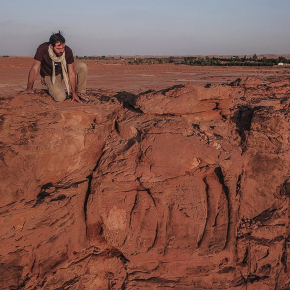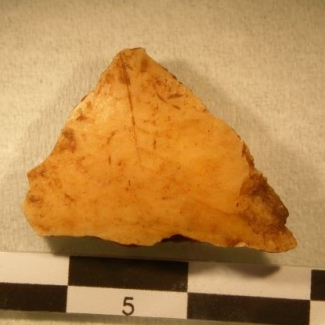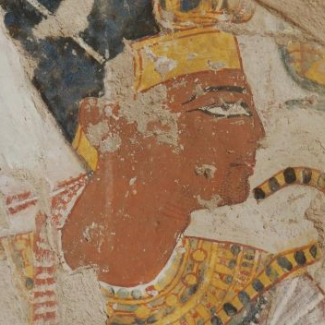
In northern Arabia, the monumental sculptures of the Camel Site date back to prehistoric times
An exceptional rock art site in northern Arabia, the Camel Site consists of three rocky spurs in which a dozen life-sized camels and wild donkeys have been sculpted in relief. After comparing these with similar representations from the Nabataean site of Petra (Jordan), the Franco-Saudi team who discovered the Camel Site1 initially estimated it to date from Antiquity. However, further studies, led by a trio of archaeologists from the CNRS, the Max Planck Institute (Germany) and King Saud University (Saudi Arabia)2 , now date the sculptures to prehistoric times. A wide range of skills and methods for direct and indirect dating were used, including tool mark analyses, rock erosion analyses and the luminescence dating of a fallen carved block. A test trench opened between two rocky spurs also revealed an assemblage of animal bones (which were radiocarbon dated) and lithic tools, both evidence of the site's occupation. All these data converge towards the fact that the sculptures were made using stone tools, at the latest during the 6th millennium BC. The site, which must have had a symbolic purpose, was occupied for a long time, as the reliefs were reworked when erosion began to fade the details. Although the date of abandonment is not known, the team was able to determine an acceleration of erosion at the site around 1000 BC. According to these new data, published in the Journal of Archaeological Science: Reports, the Camel Site is probably home to the world's oldest life-sized animal reliefs.
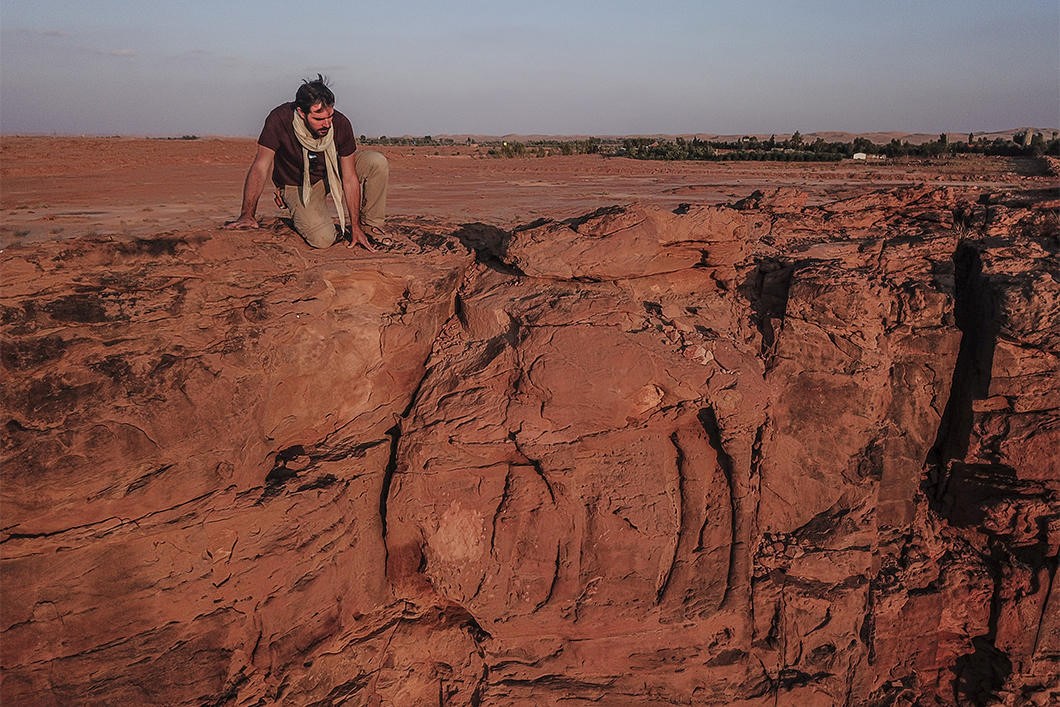
© Hubert RAGUET / Franco-Saudi Archaeological Mission of the Camel Site / CNRS Photothèque
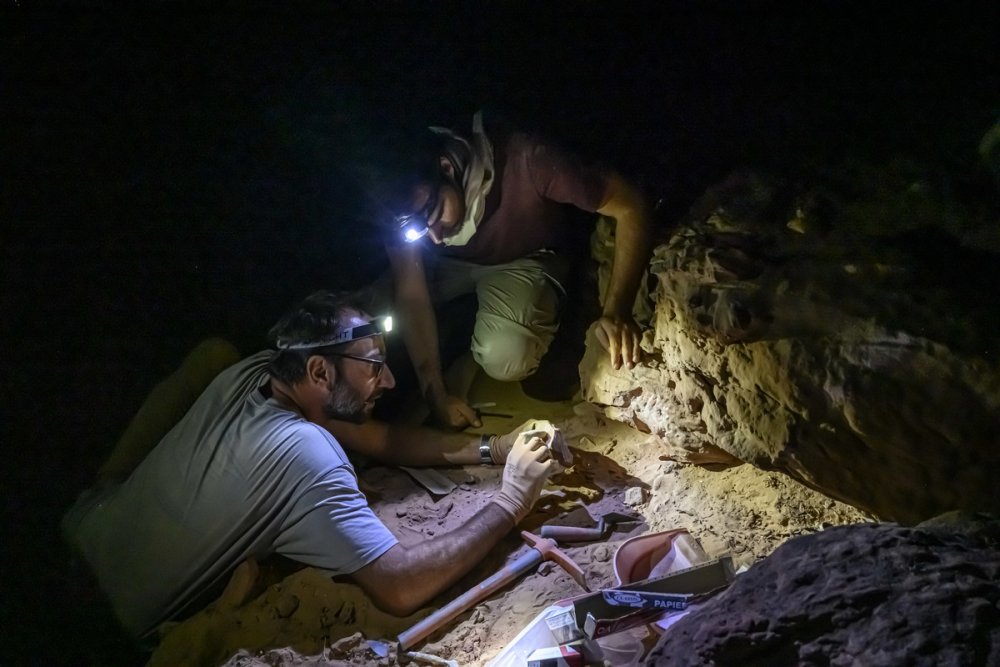
© Hubert RAGUET / Franco-Saudi Archaeological Mission of the Camel Site / CNRS Photothèque
Other photos are available on the CNRS Images platform.
For more information see this slide show.
- 1Read <a href="http://www.cnrs.fr/fr/node/2480">a press release</a> and <a href="https://news.cnrs.fr/articles/arabian-rock-art-thrown-into-new-relief">an article published in CNRS News</a>, dating February 2018.
- 2Joint mission of the CNRS and the Heritage Commission of the Saudi Ministry of Culture (Saudi MoC). The French scientists are from the laboratories Orient et Méditerranée (CNRS/Université Paris 1 Panthéon-Sorbonne/Sorbonne Université/Collège de France/EPHE), Archéorient (CNRS/Université Lumière Lyon 2) and Archéovision (CNRS/Université de Bordeaux/Université Bordeaux Montaigne). In addition to the institutional actors mentioned, the project was funded by the French Ministry for Europe and Foreign Affairs, the Gerda Henkel Foundation, Labex RESMED, the French Research Centre of the Arabian Peninsula, CEFREPA (CNRS/MEAE) and the Dahlem Research School at the Freie Universität Berlin.
Life-sized Neolithic camel sculptures in Arabia: A scientific assessment of the craftsmanship and age of the Camel Site reliefs, Maria Guagnin*, Guillaume Charloux, Abdullah M. AlSharekh, Remy Crassard, Yamandu H. Hilbert, Meinrat Andreae, Abdullah AlAmri, Frank Preusser, Fulbert Dubois, Franck Burgos, Pascal Flohr, Pascal Mora, Ahmad AlQaeed, Yasser AlAli. Journal of Archaeological Science: Reports, 15 septembre 2021. https://doi.org/10.1016/j.jasrep.2021.103165
* corresponding author
